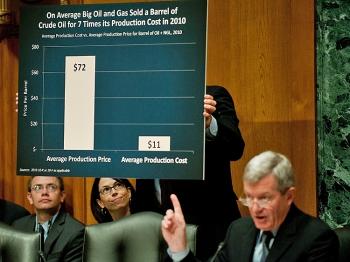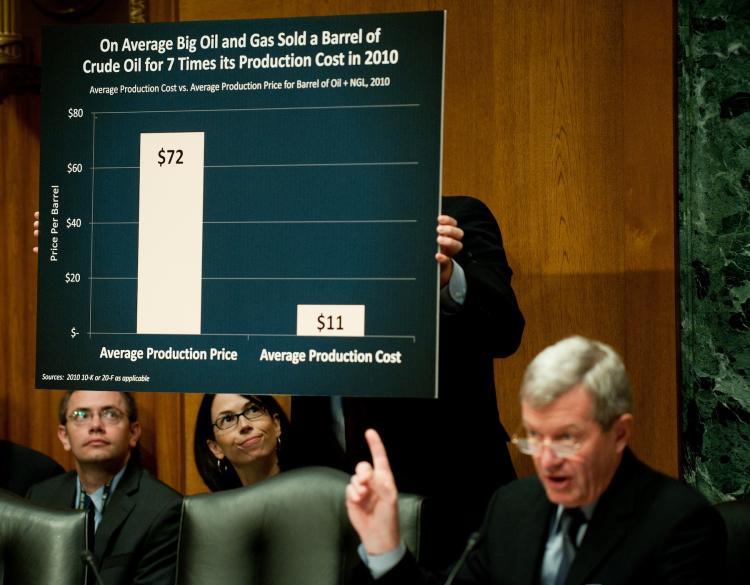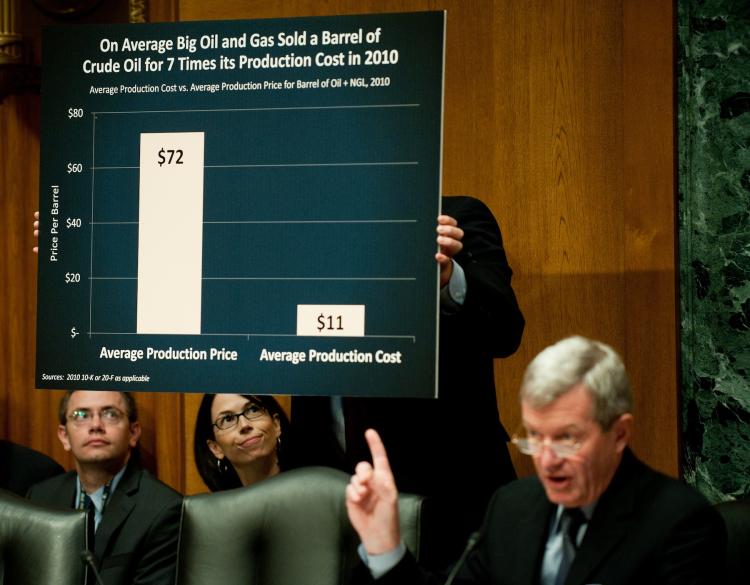Consumer Confidence Numbers
The Consumer Comfort Index can range from +100 to -100, with zero meaning that on average, survey respondents were neutral about the state of the economy. The index has a margin of error of +/-3 percent.
Actually, consumer confidence has gone on a roller coaster ride according to numbers released by The Conference Board, a research association. Consumer confidence, which had decreased in March with an index of 63.8, then increased by the end of April to an index of 65.4.
“Consumer confidence, which had declined sharply in March, posted a modest gain in April. … Although confidence remains weak, consumers’ assessment of current conditions gained ground for the seventh straight month, a sign that the economic recovery continues,” said Lynn Franco, director of The Conference Board Consumer Research Center, in a recent press release.
The Rasmussen Consumer Index agrees with Bloomberg and reports that consumer confidence dropped daily, falling five points by May 11.
“From a longer perspective, consumer confidence is up two points from a month ago and down 10 points from three months ago,” stated a May 11 Rasmussen Reports LLC press release.
According to the IBD/TIPP Economic Optimism Index, May has been a pivotal month, despite increasing gas and food prices. The six-month economic outlook index has increased by 9 percent to 42.3, where an index above 50 shows optimism and below 50 signifies pessimism, according to a May 10 press release.
“The IBD/TIPP Economic Optimism Index has a good track record of foreshadowing the confidence indicators,” claims an article on the Tipp website.
The difficulty is in making sense of the different indexes, which can change daily and often depend on the point in time when the index numbers are reported.
Simply put, when prices go up around the time the index numbers are collected, confidence will decrease, while the opposite happens when consumers pay less for their daily purchases.
According to research, consumers’ disposable income, which is the income a consumer can spend after taxes are paid, has been steadily rising over the past months. But spending has not kept pace with the increases in disposable income.
In April 2008, average daily consumer spending was at $139. Since 2009, it has fluctuated between $109 and $112 for consumers earning at least $90,000 annually, remaining almost flat on a daily basis, according to the website MarketingCharts, a Watershed Publishing publication.
While consumers “have the disposable income to spend more freely when they choose, they have not done so during the first four months of 2011. Instead, upper-income spending has been largely consistent with the depressed levels of 2009 and 2010,” according to a chart discussion on the MarketingCharts website.
Blaming Commodity Speculators
“The recent plunge in commodities prices confirms what everyone knew all the time—inflation is being driven by commodities speculators who are profiting from everyone else’s collective misery,” accuses Mark Sunshine in an article on the Sunshine Report website.
Sunshine blames Washington for letting commodity speculators run wild instead of reining them in.
The Federal Reserve Board (Fed) in Washington has the power to regulate the industry, but has so far not shown any interest in getting involved. In the latest Sunshine Report, Sunshine suggests that the Fed should step up and stop the banks from “funding, investing, clearing or facilitating derivatives commodity trading.”
Years ago, manufacturers and consumers traded in commodities based on the economic market theory of supply and demand. This function has been dominated in recent years by risk takers through short selling.
In layman terms, speculators borrow securities with the assumption that a price will decline. Then the securities are sold, and once the price plunges, they buy them back at a lower price, pocketing the difference before returning the securities to the actual owner.
“Prices that used to be determined by producers and users of commodities are now set by financial speculators making naked bets on how much price pain consumers can endure [when buying commodities] without breaking by buying and selling derivatives commodity contracts,” accuses the Sunshine Report.
Read More...Speculating in the Commodity Market
Speculating in the Commodity Market
“Despite the rapidly rising prices, there was no shortage of crude oil to justify the run up of price in the commodities pits. In fact, oil spot prices have consistently been far below reported ‘market’ prices,” according to the Sunshine Report.
The report claims that commodity trading has turned into a gambler’s paradise, with bookmaking operations similar to those found at horse races.
For example, when consumers did not cry foul when oil prices went to $100 a barrel, which translated into higher gasoline prices, the speculators manipulated the market through short selling, so the price per barrel increased by another $10. When consumers didn’t scream at the top of their lungs, the speculators went for $115 per barrel, explains the report.
Part of the problem is that speculating on commodity prices has not been banned and was awarded an exemption from gaming laws.
“Commodities speculation enjoys a special exemption from criminal gaming laws and only exists because Congress says that wagering on oil, corn and wheat isn’t the same as gambling and that the people that run the markets aren’t the same as gangsters,” states the Sunshine Report.
There actually is a precedent for stopping speculation in the commodity market. Former Fed Chairman Paul Volcker Jr., who served from 1979 to 1987 under U.S. Presidents Jimmy Carter and Ronald Reagan, previously went into high gear when the commodity market experienced a similar commodity scheme as seen today. Volker is largely credited for cooling the inflation of the 1970s and early 80s.
According to the Sunshine Report, Volcker was not afraid of Wall Street, while today’s chairman is too beholden to Wall Street and thus relegated to standing on the sidelines. Volcker was thus able to act in the best interest of the American people.
Banks were told [by Volcker] that it was illegal to fund commodity speculation, so “prices plunged and the bubble was popped,” according to the Sunshine Report.
Getting the Public and Its Advocates to Chime In
“Greed, wars [are] seen as key factors in rising gas prices,” states the Pew Research Center in a May publication of survey results.
Pew had canvassed the public about escalating gas prices. Almost two-thirds said that speculators and oil company greed were at the crux of the matter. Only one-fifth believed that Mideast wars and unrest were to blame. A little over one-tenth argued that unstable economics were responsible, while some also saw politics, regulations, and government interference as the driving forces of the gas price hikes.
After paying an average of $4 a gallon for gas at the pump, the public has noticed that oil companies’ 2011 first quarter profits were 30 percent higher than at the same time a year ago. For example, Exxon Mobil Corp. took home $11 billion, an increase of more than two-thirds over the same time last year, while the other oil companies, including BP p.l.c. and Chevron Corp., took home $21 billion. In addition, U.S. government subsidies and tax loopholes provide oil companies with another $7 billion in revenue.
According to recent media studies, more than two-thirds of people polled want tax credits for the oil and gas industry eliminated. Almost the same number said that exorbitant gas prices are eating into their disposable income, which is indefensible.
Unsustainable high gas prices and exorbitant profits have “undermined the industry’s argument that their tax breaks benefit consumers. Meanwhile, federal budget deficits have sharpened Congress’s focus on eliminating wasteful government spending—of which oil subsidies are one of the worst examples,” argues the Center for American Progress, a non-partisan, non-profit Washington think tank.






